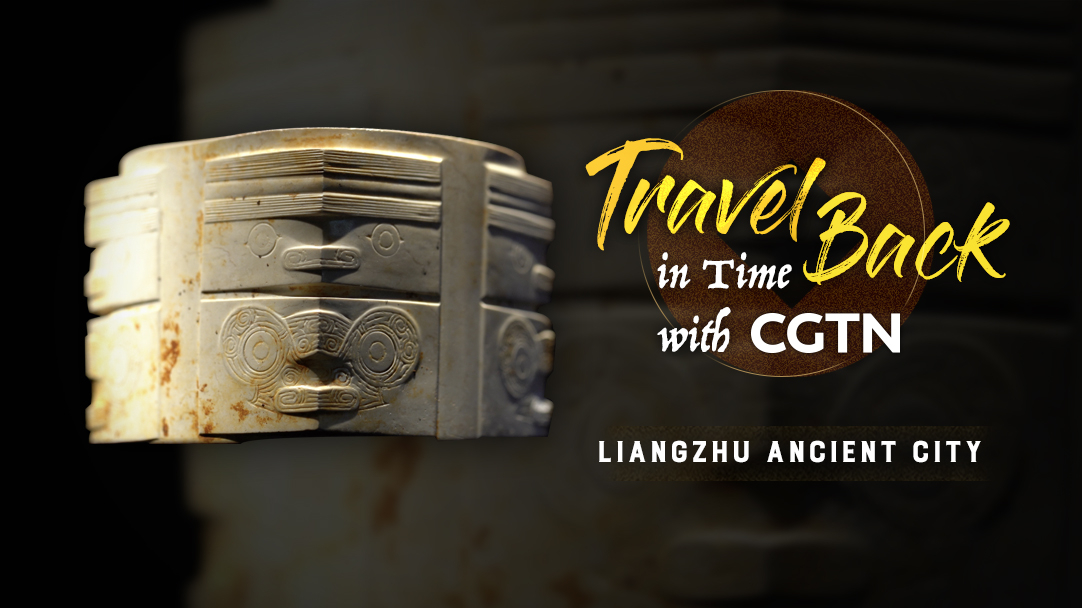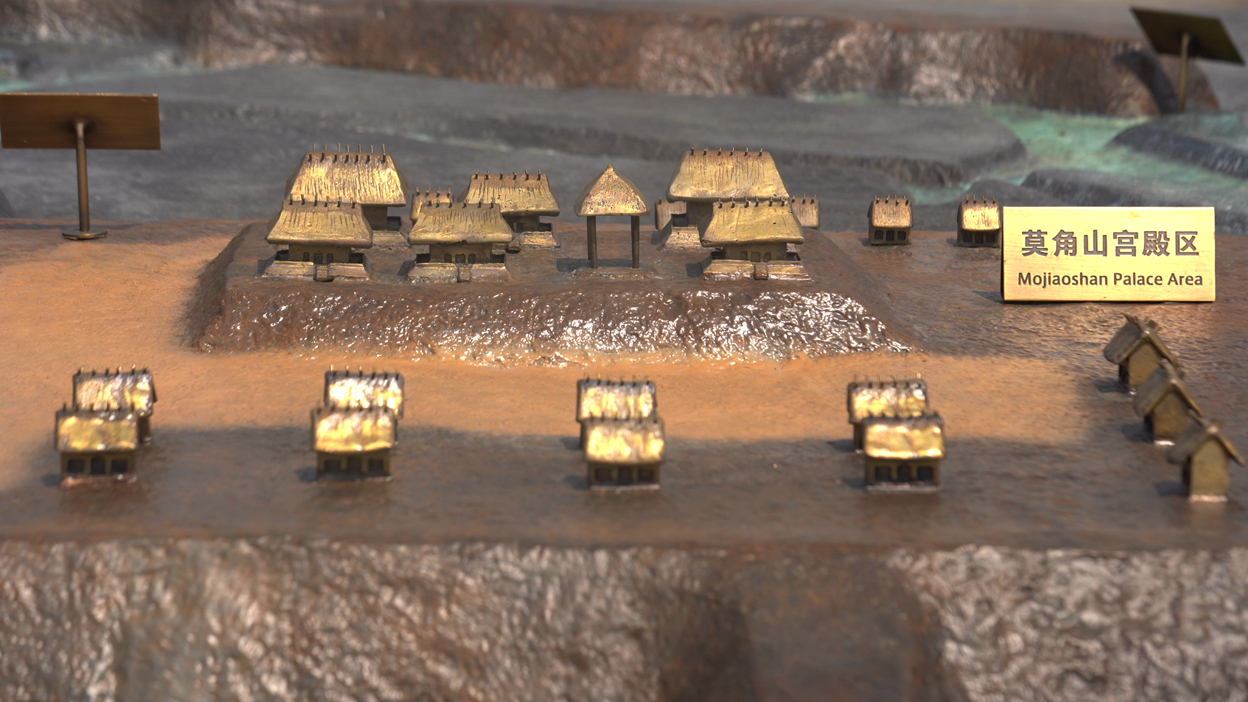05:05

When I was studying abroad in college, we always had a joke saying that history is the hardest subject for Chinese students because China's history is more than 5,000 years old.
There were some controversies about the beginnings and the origins of Chinese civilization. However, once you see the archaeological evidence in Liangzhu Ancient City with your eyes, you would be in no doubt about this long history.
The ruins of what was once the thriving capital of Liangzhu were included on the World Heritage List at the 43rd session of the UNESCO World Heritage Committee in Azerbaijan, China's 55th site on the list.
Click to learn more: China's Liangzhu Archaeological Site now a UNESCO World Heritage Site

An aerial view of parts of the Liangzhu Archaeological Site in Yuhang District of Hangzhou City, east China's Zhejiang Province. /CGTN Photo
An aerial view of parts of the Liangzhu Archaeological Site in Yuhang District of Hangzhou City, east China's Zhejiang Province. /CGTN Photo
The Liangzhu Archaeological Site has been rebuilt as a tourist attraction, preserving the ruins as much as possible.
People once described the site as "the 5,000-year civilization demonstrated by jades" because thousands of jade artifacts were unearthed from Fanshan Cemetery at the site. There are 11 tombs discovered in the cemetery.
When I arrived there, I saw the tomb pit with the duplicates of burial objects discovered in 1986.
Looking at the artifacts, we could tell that tomb owners had different social statuses and identities.

The Jade Cong is displayed at the museum at the Liangzhu Archaeological Site in Yuhang District of Hangzhou City, Zhejiang, China. /CGTN Photo
The Jade Cong is displayed at the museum at the Liangzhu Archaeological Site in Yuhang District of Hangzhou City, Zhejiang, China. /CGTN Photo
Fanshan Cemetery is the highest-grade cemetery in Liangzhu City, given the high specification and perfect jade workmanship. So it can be inferred that this cemetery belonged to the royal family at that time.
The recent excavated hydrological system rewrote the history of early Chinese engineering. Since the city was located in the Yangtze River Basin, researchers have found out a system of high and low dams and levees that could among the world's oldest-known and largest hydrological system projects.
Such a huge national project indicates Liangzhu people's strong social organizing ability and socially productive forces.
At the museum, I found more relics and traces of their daily use. They had a mature agricultural system and their dishes were actually rich nutritionally in parts, including domesticated rice, pork and fruits.

A miniature of the Mojiaoshan Palace Area at the Liangzhu Archaeological Site in Yuhang District of Hangzhou City, Zhejiang, China. /CGTN Photo
A miniature of the Mojiaoshan Palace Area at the Liangzhu Archaeological Site in Yuhang District of Hangzhou City, Zhejiang, China. /CGTN Photo
The facility represents the great achievement of the prehistoric rice-cultivating civilization of China over 5,000 years ago and is an outstanding example of early urban civilization.
The archaeological ruins of Liangzhu City reveal an early regional state with rice-cultivating agriculture as its economic base alongside a unified belief system, which existed in the late Neolithic period in China.
The excavated objects represented by the series of jade artifacts symbolize the belief system as well as its early age; the water conservancy project reveals their social organizing ability and social force in a national project.
The bygone culture also shows the importance of the Yangtze River basin in the origin of Chinese civilization.
Reporter: Li Yimei
Scriptwriter: Li Yimei
Editors: Hong Yaobin
Copy editor: Vanessa Gu
Chief editor: Lin Dongwei
Cover image: Yin Yating
Executive producer: Zhang Xiaohe
Producer: Si Nan
Supervisor: Zhang Shilei